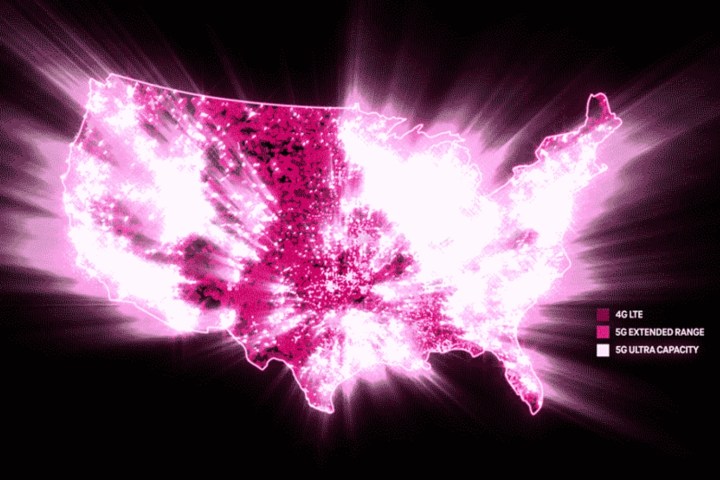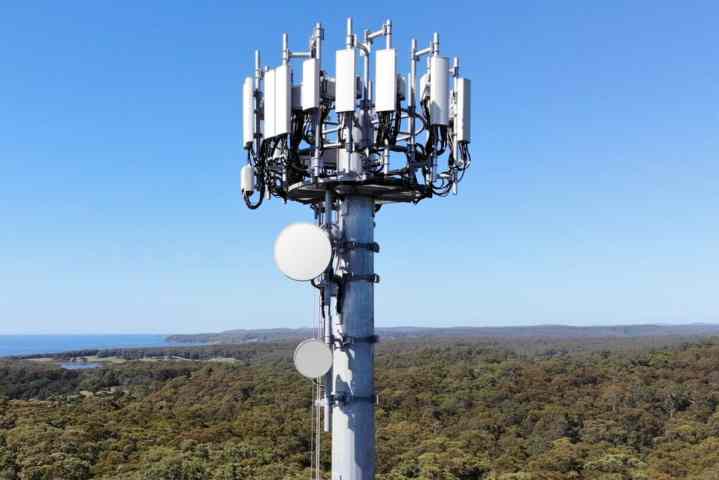
T-Mobile’s 5G network already offers unmatched 5G speeds and coverage throughout the U.S., with 98% of the population covered by some flavor of T-Mobile’s 5G and more than 90% benefiting from its higher-speed 5G Ultra Capacity (5G UC) network.
That translates to the “Uncarrier” taking first place in 5G performance in 46 U.S. states. However, T-Mobile isn’t content to sit at 90% coverage. It’s been working steadily to increase the footprint of its
A ‘Massive 5G Boost’

Today, T-Mobile announced that it’s lighting up some new
The most significant boost will be in rural areas, where T-Mobile says “tens of millions of [its]
Despite having the broadest midband coverage of any U.S. carrier, T-Mobile’s
“Thanks to years of planning, T-Mobile is ready to put this spectrum to use right now for millions of our customers, delivering gam- changing Ultra Capacity
New midrange 5G spectrum for all

The secret sauce behind T-Mobile’s expansive
Even before it took advantage of that lucrative set of 2.5GHz frequencies, T-Mobile had already become the first carrier to boast
Fortunately, T-Mobile wasted no time in putting that 2.5GHz spectrum to good use. By the end of 2021, its new midband
Although the carrier has augmented its
It’s also been licensed to deploy the new spectrum just about everywhere in the U.S. While T-Mobile customers in previously unserved rural areas will see the most significant difference as they get the

In its press release, T-Mobile cites Louisiana as just one example, noting that the spectrum from the latest auction will “benefit customers in 92% of the counties in the Pelican State.” To put that in perspective, Louisiana came in 34th place in January’s Ookla 5G market report, with median download speeds of 84.77Mbps overall and 163.33Mbps for T-Mobile customers in that state. While T-Mobile took the crown for top
For Louisiana, T-Mobile promises the new spectrum will offer “immediate improvements in connectivity for more than 1.7 million people, nearly 500,000 of whom are in rural areas.” Improvements in Pennsylvania will reach 2.2 million people overall, with nearly 1 million of those in rural communities.
The new spectrum is expected to cover 80 million people by the time the rollout is done. The first phase will go online using existing towers over the next few days, covering around 60 million customers over nearly 300,000 square miles. The rest will require the carrier to build new towers to expand coverage. While the carrier hasn’t said exactly when that will happen, with T-Mobile’s track record, we expect those towers will likely be up and running by the end of this year, if not sooner. While some of those 80 million people are already covered by T-Mobile’s
Editors' Recommendations
- Visible’s affordable 5G plans just got even cheaper
- Visible just made its unlimited 5G plan better than ever
- Your next phone could get a huge 5G upgrade, thanks to AI
- Were you affected by the AT&T outage? You may get some free money
- Everything you need to know about the massive AT&T outage




